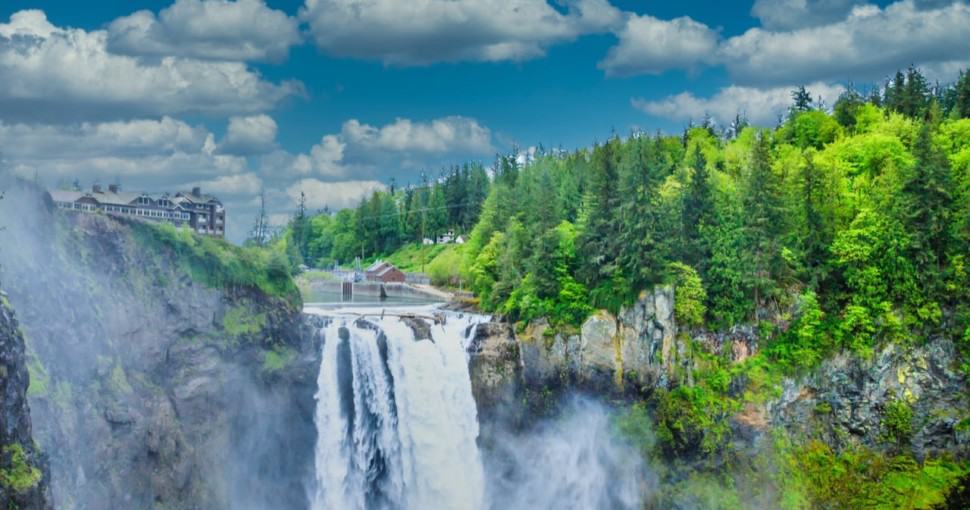The Evergreen State is home to many different types of evergreen trees. In this blog post, we will discuss the different types of evergreen trees that can be found in Washington state, as well as their defining characteristics. So if you’re looking to learn more about evergreen trees, read on!
Contents
- 1. Deodar Cedar (Cedrus deodara)
- 2. Western Hemlock (tsuga heterophylla)
- 3. Western White Pine (pinus monticola)
- 4. Douglas Fir (pseudotsuga menziesii)
- 5. Red Cedar (thuja plicata)
- 6. Sitka Spruce (Picea sitchensis)
- 7. Rocky Mountain Juniper (juniperus scopulorum)
- 8. Pacific Yew (taxus brevifolia)
- 9. Pacific Madrone (arbutus menziesii)
- 10. Golden Chinquapin (chrysolepis chrysophylla)
- 11. English Holly (ilex aquifolium)
- 12. Native Madrone (arbutus menziesii)
- 13. Boxleaf Azara (azara microphylla)
- 14. Evergreen Dogwood (cornus capitata)
- 15. Loquat (eriobotrya japonica)
- 16. Snow Gum (eucalyptus niphophila)
- 17. Glossy Privet (ligustrum lucidum)
- 18. Coastal redwood (sequoia sempervirens)
Washington is called the evergreen state due to the large number of evergreen trees that make their home here. Evergreens thrive in Washington’s moist climate and provide much-needed shade and shelter from the cold, wet winters.
There are many different types of evergreen trees that can be found in Washington state. Some of the most common types include:
1. Deodar Cedar (Cedrus deodara)
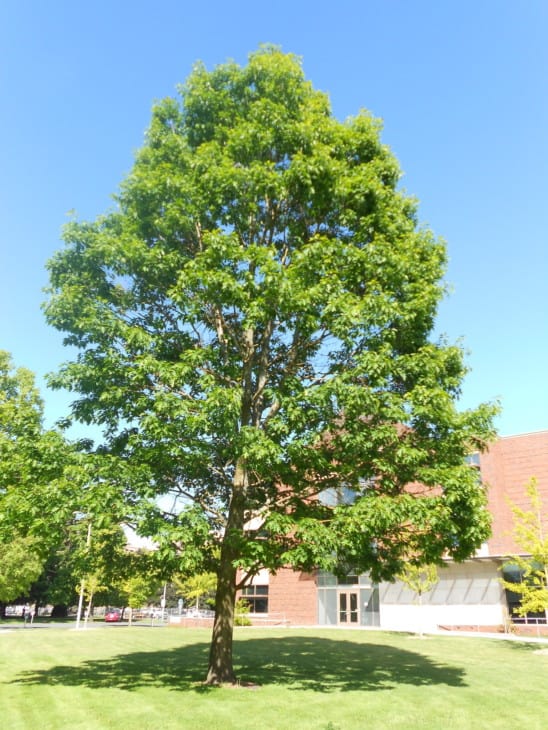
Deodar cedars are tall, conical shaped evergreens that grow up to 50 feet in height. They produce a distinct odour and feature bluish-green needle shaped leaves that grow up to one inch long.
2. Western Hemlock (tsuga heterophylla)
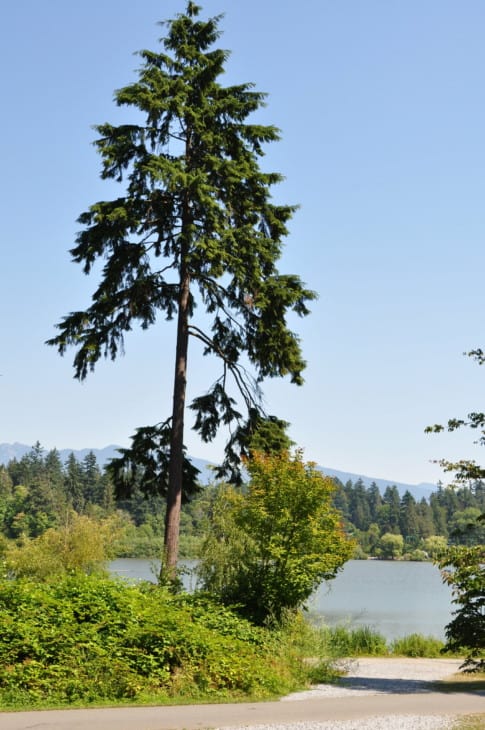
Western Hemlock is Washington’s state tree. Western hemlocks tree can grow up to 200 feet and feature dark green, flattened needles with a silvery underside. The western hemlock also produces distinct cones that grow in vertical pairs and can measure up to five inches long.
3. Western White Pine (pinus monticola)
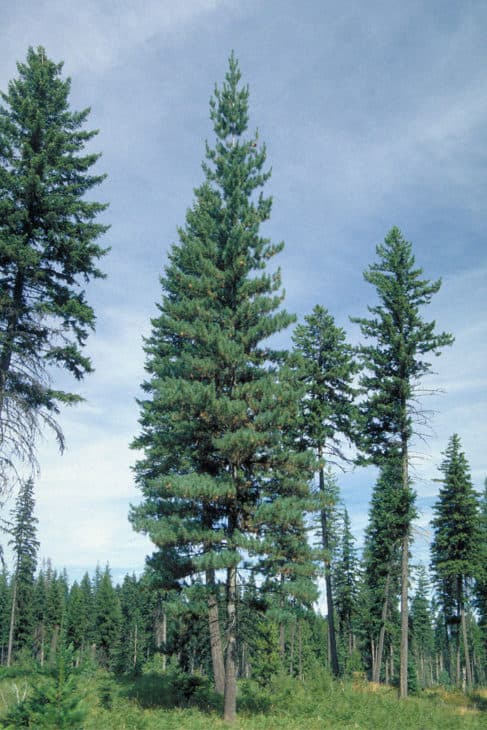
The Western White Pine is a very common Washington evergreen tree. It can grow up to 100 feet high and feature bluish green, flexible needles that are around three inches long. The Western White pine is known for it large, resinous cones that measure up to six inches in length.
4. Douglas Fir (pseudotsuga menziesii)
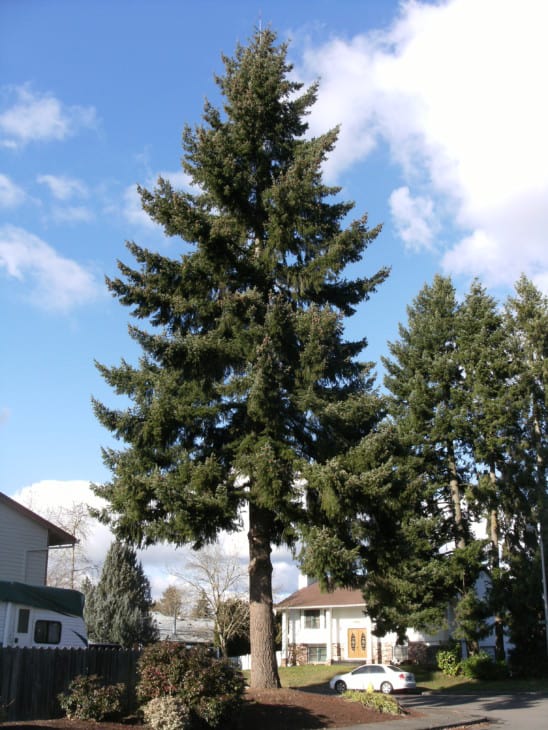
Douglas firs can grow up to 200 feet tall and feature short, flat needles that are around one to two inches long. They also produce pine cones that can be up to four inches long, with large bract scales that look like petals.
5. Red Cedar (thuja plicata)
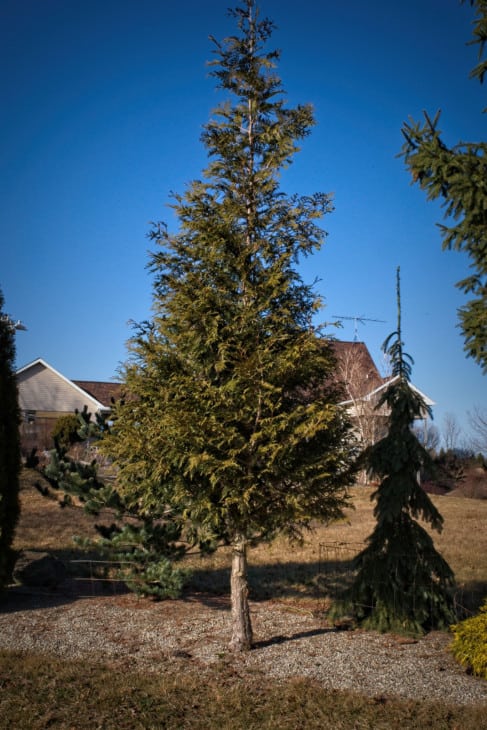
The red cedar can grow up to 200 feet tall and feature scale-like leaves that are around 1/4 inch long. The red cedar also produces small cones that are around 1/4 inch in diameter. It has a distinctive reddish-brown bark that shreds in long strips.
6. Sitka Spruce (Picea sitchensis)
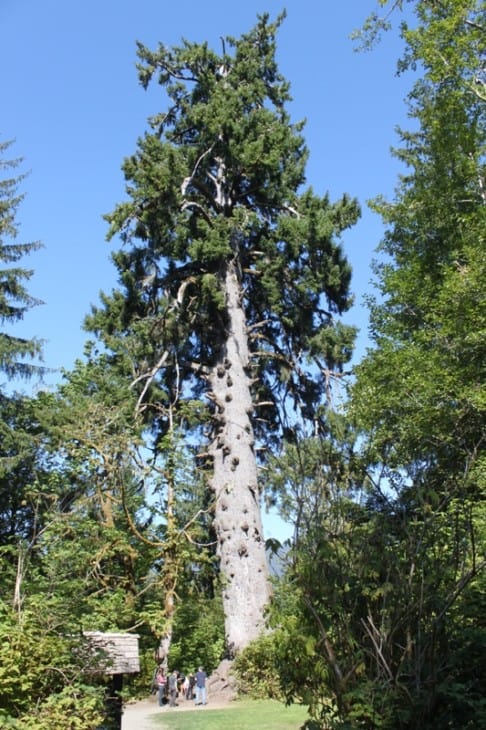
The Sitka spruce can grow up to 250 feet tall and feature needles that are around 1 1/4 inch long. The Sitka spruce also produces cones that are around two inches long.
7. Rocky Mountain Juniper (juniperus scopulorum)
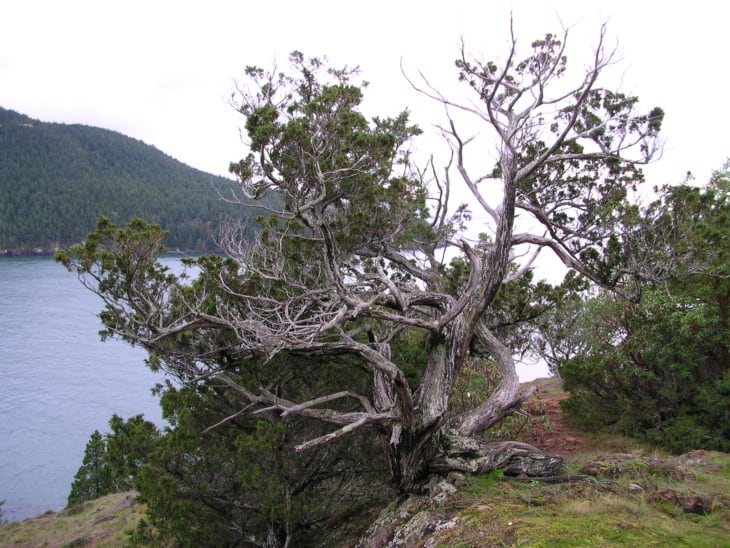
The Rocky Mountain juniper is a medium-sized evergreen that can grow up to 40 feet tall. It has scaly, dark green leaves and produces small, blue berries.
8. Pacific Yew (taxus brevifolia)
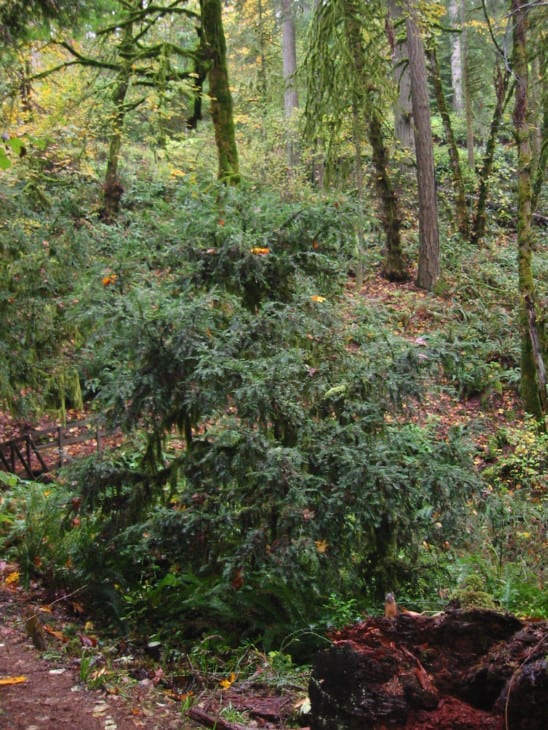
The Pacific yew is Washington’s state flower. It can grow up to 30 feet tall and feature two needles that are fused together at the base. The Pacific Yew produces a scarlet red berry that is poisonous for humans, but chickens love to eat!
9. Pacific Madrone (arbutus menziesii)
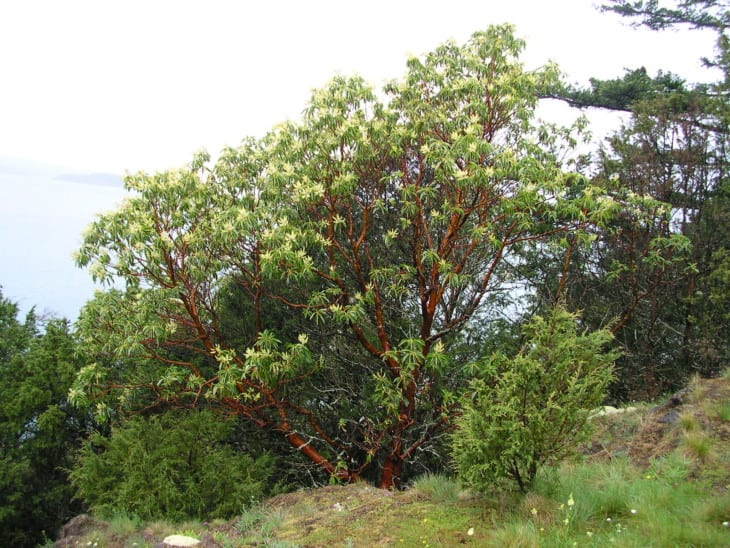
The Pacific Madrone can grow up to 40 feet tall and feature smooth, reddish bark. It produces a distinctive flower that measures around one inch across and features five white petals.
10. Golden Chinquapin (chrysolepis chrysophylla)
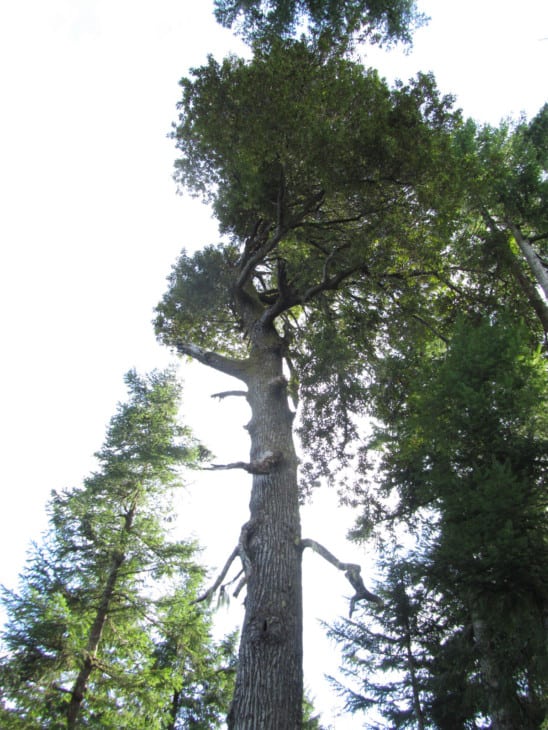
Golden Chinquapin can grow up to 40 feet tall and feature smooth, green bark that is divided into plates. It produces clusters of small, yellow flowers that produce distinctive orange seeds.
11. English Holly (ilex aquifolium)
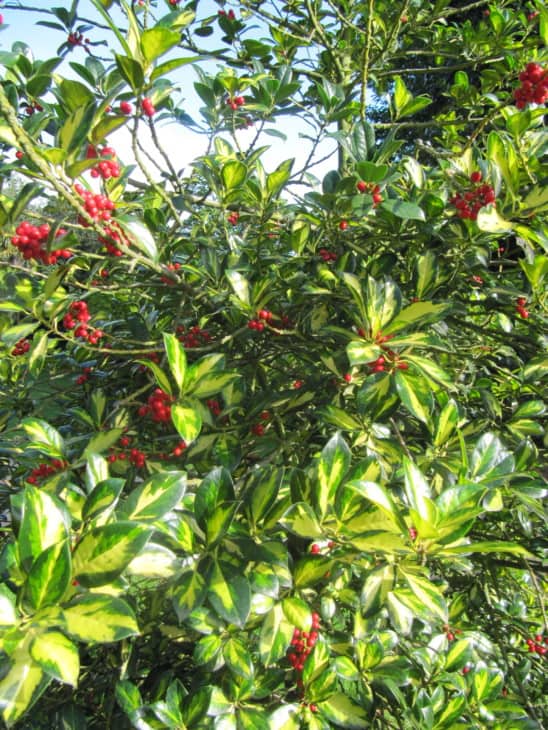
The English Holly can grow up to 30 feet tall and feature spiny leaves that are around 3-4 inches long. The English Holly produces red berries that are poisonous to humans, but are a favorite food of birds.
12. Native Madrone (arbutus menziesii)

Native Madrone can grow up to 45 feet high and feature smooth, green bark that is divided into plates. Native madrones produce a pinkish-red berry that measures around one inch across.
13. Boxleaf Azara (azara microphylla)
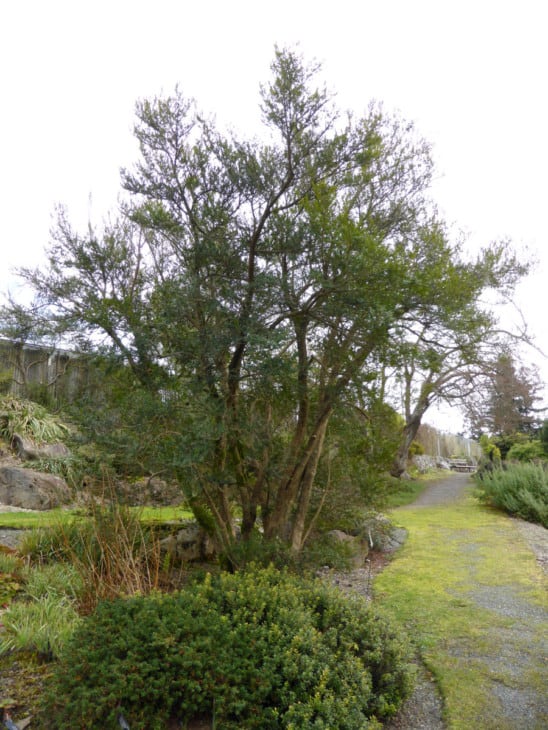
Boxleaf azara is Washington’s state small tree. It can grow up to 15 feet tall and feature light green, oval leaves around one inch long. It produces shiny black berries that are poisonous to humans, but birds love them!
14. Evergreen Dogwood (cornus capitata)
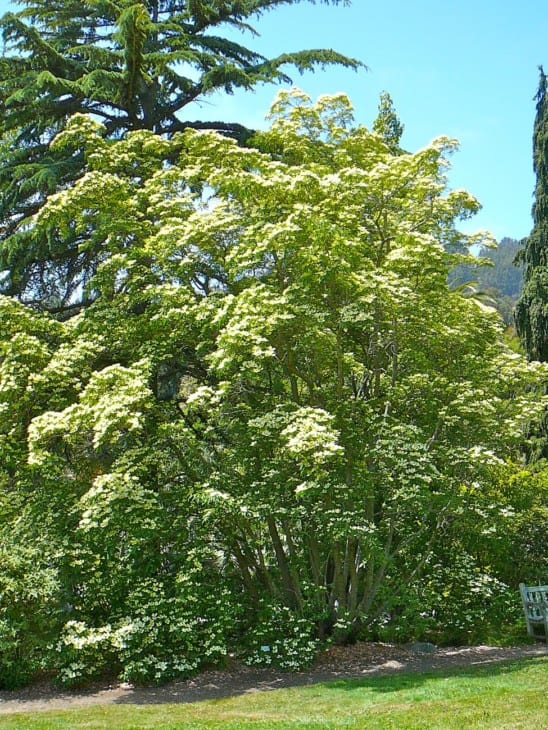
The evergreen dogwood can grow up to 25 feet tall and feature light green leaves that are around two inches long. It produces white flowers in the springtime that are followed by red berries.
Related: Are Dogwood Berries Poisonous?
15. Loquat (eriobotrya japonica)
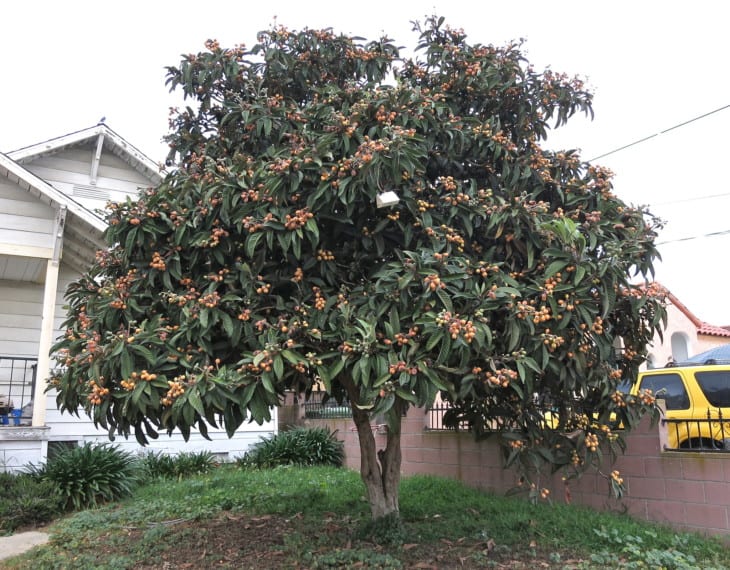
The loquat is a small, deciduous tree that can grow up to 20 feet tall. It has broad leaves that are around six inches long and produces fragrant yellow flowers in the springtime. The loquat produces a sweet, orange fruit that is popular in Asia.
16. Snow Gum (eucalyptus niphophila)
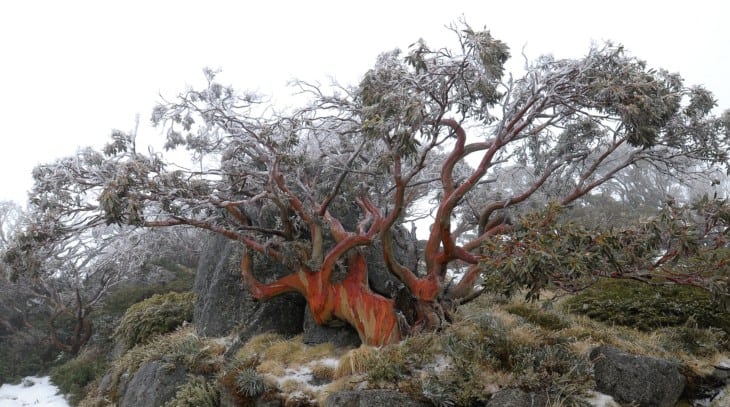
Snow gum is Washington’s state large tree. It can grow up to 150 feet tall and feature long, blue-green leaves that are around two inches wide. The snow gum produces a distinctive white sap that is used in making cough syrup.
17. Glossy Privet (ligustrum lucidum)
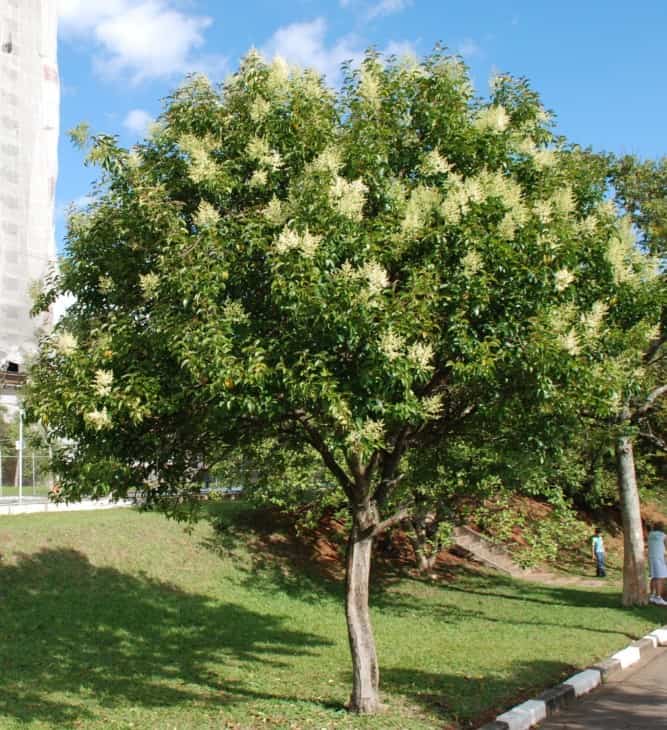
Glossy privet is Washington’s state medium-sized tree. It can grow up to 30 feet tall and feature dark green leaves that are around three inches long. The Glossy privet is a popular ornamental tree because of its glossy leaves.
18. Coastal redwood (sequoia sempervirens)
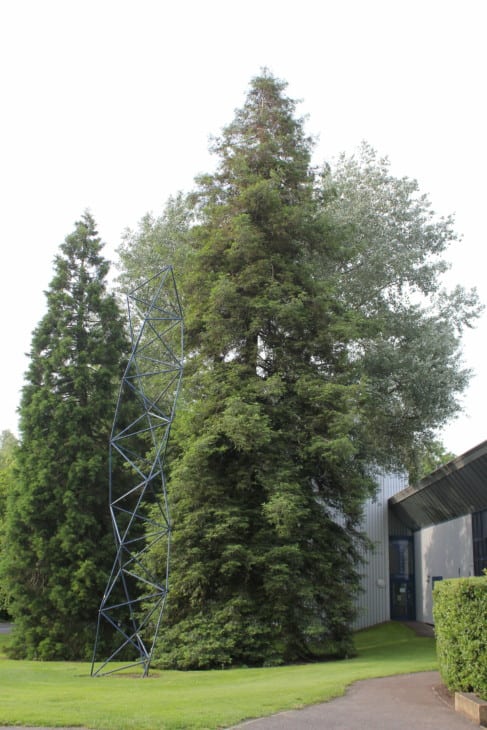
The Coastal redwood is Washington’s state most common large tree. It can grow up to 328 feet tall and feature long needles that are around five inches long. The Coastal Redwood produces clusters of small, yellowish-white flowers in the springtime.

